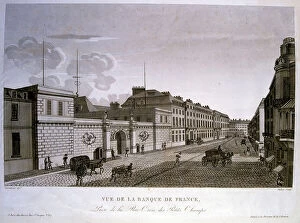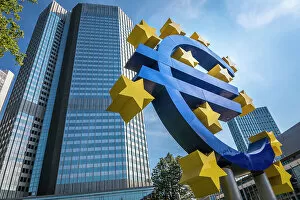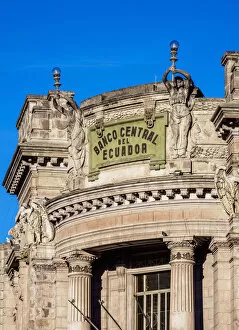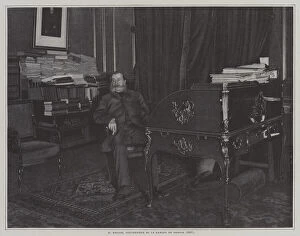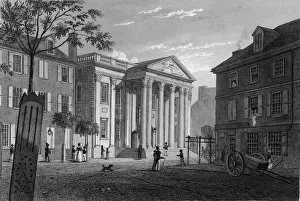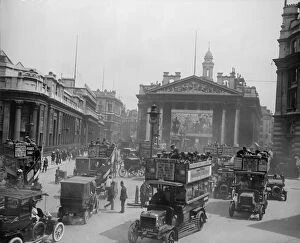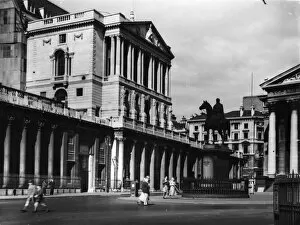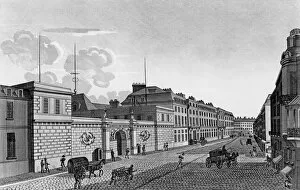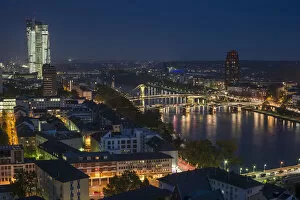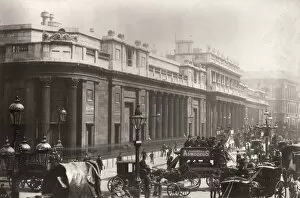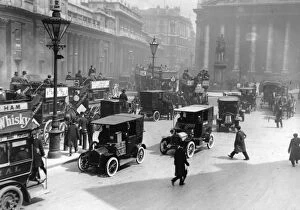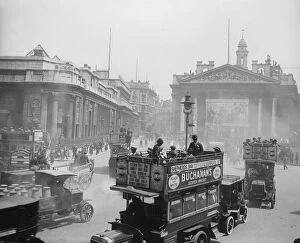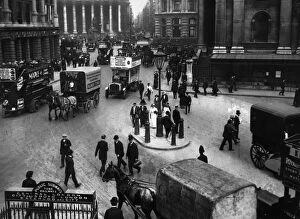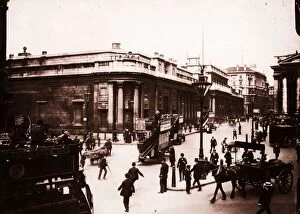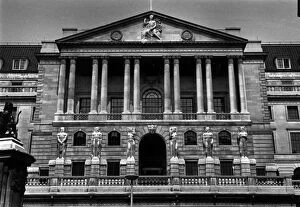Central Bank Collection
The central bank, symbolized by the Euro symbol in front of the European Central Bank in Frankfurt, Hesse, Germany, plays a crucial role in Europe's financial landscape
For sale as Licensed Images
Choose your image, Select your licence and Download the media
The central bank, symbolized by the Euro symbol in front of the European Central Bank in Frankfurt, Hesse, Germany, plays a crucial role in Europe's financial landscape. As one of the most prominent institutions on the continent, it oversees monetary policy and ensures stability within the Eurozone. In this bustling cityscape, where traffic flows through its streets day and night, you can also find statues outside The Central Bank that pay homage to its significance. These sculptures serve as a reminder of the institution's historical importance and dedication to maintaining economic equilibrium. Across continents, we see other notable central banks leaving their mark. In Quito's Old Town stands the majestic Central Bank of Ecuador Building—a testament to Ecuador's commitment to financial integrity. Meanwhile, across the Atlantic Ocean lies Philadelphia's First Bank Of The United States—an architectural marvel that once housed Alexander Hamilton's vision for American finance. Its grandeur reflects America's early efforts towards establishing a strong banking system. Stepping back into Europe again brings us to France—the Banque de France led by Pierre Magnin. A black-and-white photograph captures his presence as he guides his country through economic challenges with wisdom and expertise. Further north is London—home to both historic and modern banking icons. The New Bank Of England stands tall among towering skyscrapers while witnessing constant city traffic below—a vibrant representation of Britain’s financial prowess amidst urban hustle and bustle. As dusk settles over Frankfurt am Main in Germany, an enchanting view unfolds from atop the cathedral: illuminated skyscrapers including those belonging to the European Central Bank glisten along with Flosserbrucke bridge and Ignatz Bubis Brucke bridge spanning over Main river. This breathtaking scene encapsulates how central banks shape not only economies but also skylines—becoming integral parts of cities' identities.


